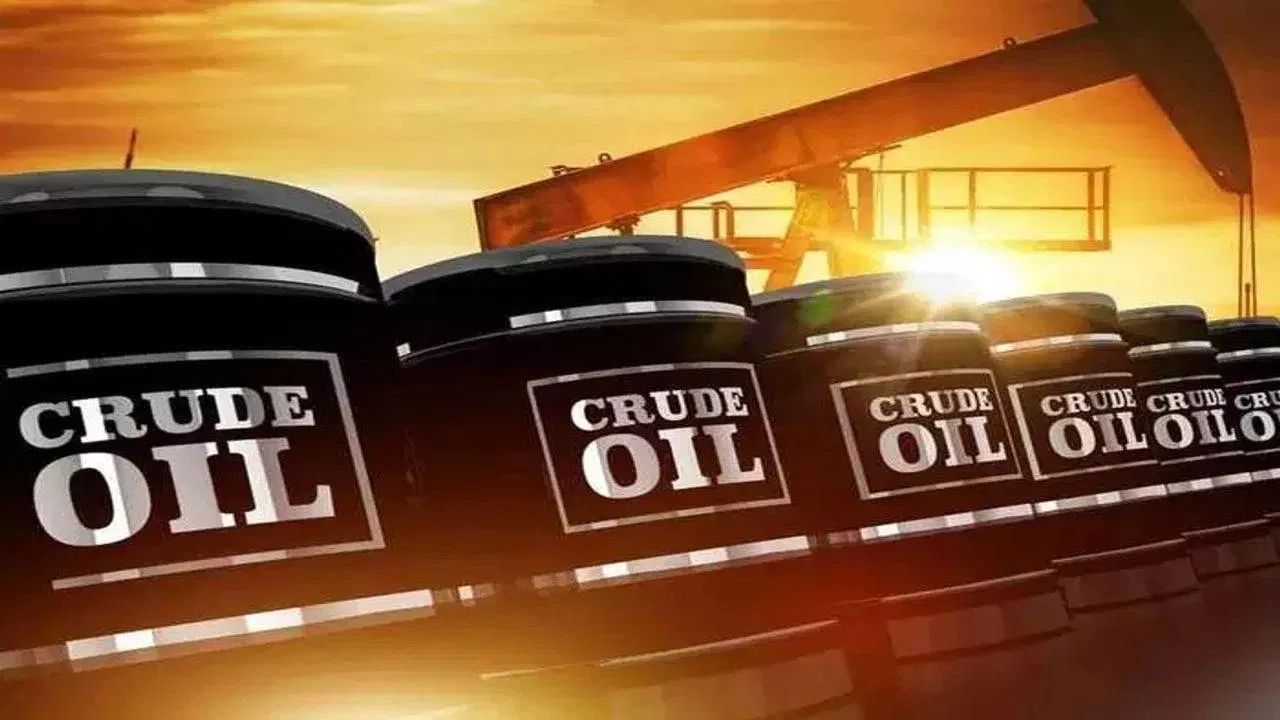Crude oil
India’s gas and oil sector is going through an important strategic phase. That too at a time when restrictions are being imposed on Russian oil. Stress in the middle East may obstruct global supply. At the same time, the US President is imposing his tariff policy on all the countries of the world. By the way, in the last 5 years, India’s strategy has been such that India will have the least loss about oil. This has also happened. Since the beginning of Russia Ukraine War, India has kept its economy in a way with Russian oil.
India, the third largest oil importer in the world, used to buy only Oil from Russia in early 2020, now its stake is more than 35 percent. On the other hand, the share of the Middle East suppliers has reduced considerably. At the same time, India has become one of the top 10 importers of the world of petroleum products in these years. This is the reason that now America and Europe are adopting different avenues to curb Russian oil. Let us also tell you why Russian oil has become so important for India?
Where did the report come from?
According to the recent report of Rubix Industry Insights, Russian oil now dominates India’s crude oil reserves, which will be about 35 percent of the total imports in the financial year 2025, compared to only 2 percent in FY 2020. In the last five years, this import has increased at the rate of CGAR of 96 percent. Meanwhile, the share of Gulf country suppliers has declined, leading to a boost to geopolitical and commercial rebels. Now, with the US imposing heavy tariffs on petroleum exports associated with Russia and hardening its ban system by the European Union, India is taking steps to protect a significant part of its petroleum products (POL) exports, value at US $ 44.4 billion in FY 2025.
Surprised facts revealed in the report
- India has emerged as the 7th largest exporter of refined petroleum products, which are the major markets Netherlands, United Arab Emirates and Singapore.
- Talking about the supply side, India is the third largest crude oil importer in the world, which is estimated to increase from 5.64 million barrels per day in 2024 to 6.66 million barrels per day by 2030.
- However, domestic production continues to fall, which has come down from 32.2 million metric tons in FY 2020 to 28.7 million metric tonnes in FY 2025. Due to which India’s dependence on crude oil imports has reached 88.2 percent.
- The refining capacity in 23 refineries has increased slightly to 257 million metric tonnes per year, making India the fourth largest refining center in the world.
- The government aims to increase it by 2030 to 309.5 MMTPA, which will get the support of large investment from government companies like IOCL, BPCL and HPCL.
- The demand for Natural Gas Gas, which is another important column, reached 71 billion cubic meters in FY 2025, with 50 percent of which was met via LNG import.
- Due to relaxation and long -term contracts in export restrictions, the US has become the second largest LNG supplier in India, overtaking the UAE.
- India plans to double its share of gas in energy mix by 2030 to 15 percent, which will be supported by the pipeline expansion and registration projects.
Ujjwala scheme reached more than 10 crore houses
The report says that there is a fast in the sector of clean energy in India. The Pradhan Mantri Ujjwala Yojana (PMUY) has increased LPG reach to more than 10.3 crore houses, while ethanol mix has reached 20 percent in the beginning of 2025 – which is six years ago. Urban gas distribution is also being increased, which aims to reach 70 percent of the population. However, the challenges still remain. Prices fluctuations, US restrictions on Russian oil and decrease in domestic production are continuously causing threats. The report warns that the increase in refinery capacity is lagged behind the target, and tension in the middle East may disrupt significant supply lines.
